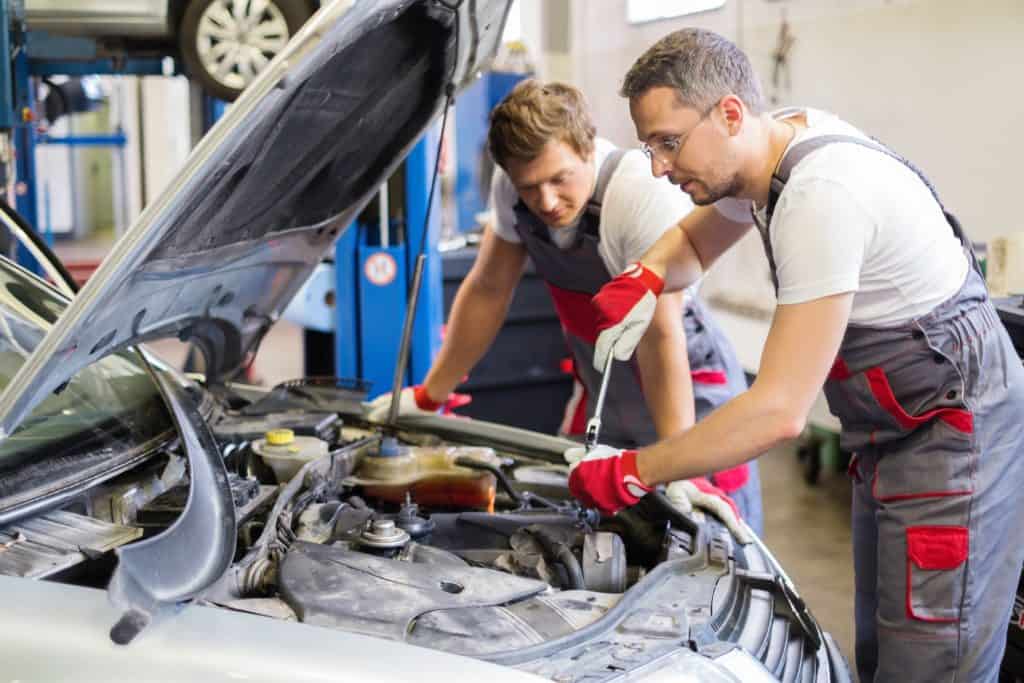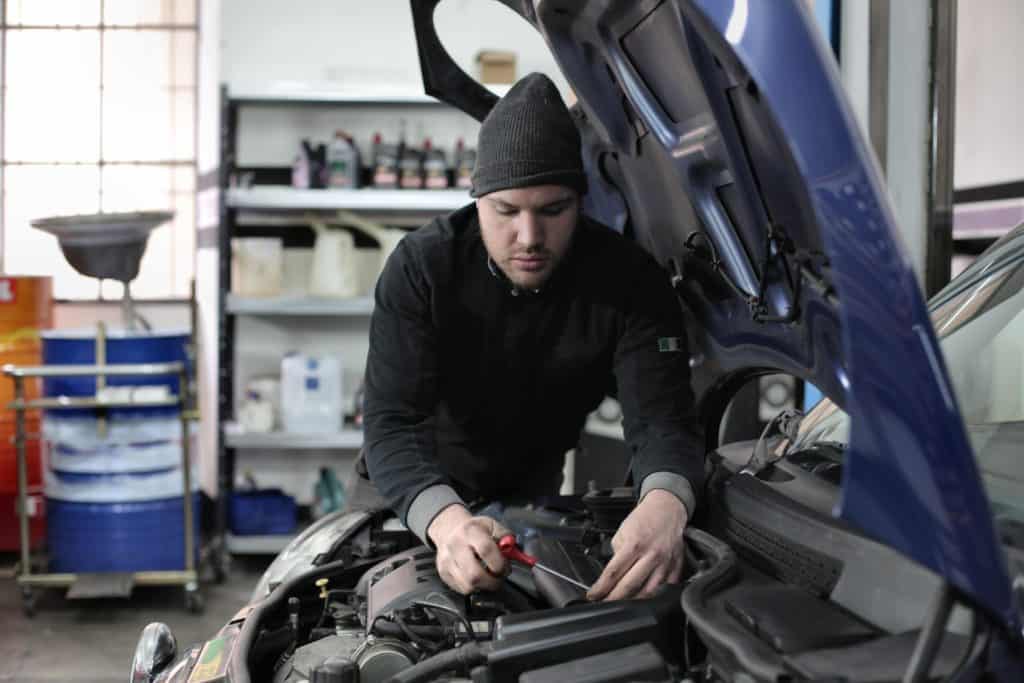
Share this article
Share this article
Routine car maintenance is something every vehicle owner should commit to. Regular inspection guarantees that your vehicle and its components are working reliably, making your road journeys safer and helping bring down repair and insurance costs. Following manufacturer’s guidelines is also advisable when determining a maintenance schedule, but you should also consider your mileage and other driving factors.
Routine maintenance generally refers to scheduled inspections to determine the operating condition of your vehicle. Many motorists carry out inspections themselves, keeping an eye on things like oil levels, conditions of tires, and more. If you’ve recently purchased a new vehicle, you shouldn’t need to commit too much time to maintenance inspection. However, once your warranty period has expired, routine maintenance becomes far more important. What’s more, if you’re someone who regularly undertakes long road journeys, routine vehicle maintenance is even more vital.
Basic routine maintenance tasks include basic vehicle cleaning, lubricating key components, and making adjustments to internal machinery. Routine maintenance inspections not only flag performance issues, but also highlight any safety risks that might make a vehicle unroadworthy. By committing to regular inspections, you can identify deteriorating parts, long before they break down and render your vehicle unfit for purpose.
Most car manufacturers recommend that vehicles undergo an in-depth assessment to highlight significant maintenance issues for every 30,000 miles driven. However, different car components wear out more quickly than others. To ensure your vehicle is running efficiently, you should consider scheduled maintenance to identify any issues before they become a problem.
There are some vehicle maintenance items to consider, long before your odometer reaches the 30,000-mile mark. In these instances, adopting a condition-based maintenance approach is the way to go.
It’s advised you carry out regular inspections of vehicle tires. Regularly assess the condition of treads for wear and tear and consult manufacturer recommendations for guidance on tire rotation.
You’ll also need to think about changing your oil filter fairly regularly. Provided you’re using premium synthetic oil, your oil filter should only need to be replaced for every 10,000 miles driven. However, it’s important to keep a close eye on oil levels, especially if you’re regularly undertaking long road journeys.
Once your odometer has crossed the 30,000-mile barrier, you’ll need to focus on fuel and air filters. Fuel filters can become clogged with debris over time, rendering engines inefficient. Owner’s manuals will provide specific guidance on when it’s time to think about investing in a new fuel filter. However, routine car maintenance will flag any urgent issues. Air filters should also be replaced once every 30,000 miles. You may wish to seek out a replacement even sooner if you’re regularly driving in dusty conditions.
Once your vehicle odometer has passed 60,000 miles, maintenance becomes far more important. Car batteries will start to wear out at this point. If you’ve been driving your vehicle for some time, batteries will need to be tested to ensure they’re delivering sufficient charge.
If your brakes aren’t performing like they used to, there’s a good chance that the hydraulic system of your vehicle is being compromised by contaminated brake fluid. At this point, fluid will need to be drained from your system and replaced. Brake pads are also likely to wear out over time. However, these are fairly inexpensive and easy to replace.
Transmission fluid will also need to be eventually replaced. Manual vehicles require more regular replacement, although some fluid levels in automatic vehicles can persevere considerably longer.
If your vehicle utilizes a timing belt, you’ll also need to think about scheduling in some maintenance once you’ve driven more than 80,000 miles. In some cases, you may need to address the condition of your timing belt sooner.

Not all routine car maintenance requires the input of a qualified mechanic. In fact, there are many maintenance actions you can carry out yourself to save money.
If your wiper blades aren’t effectively cleaning your windshield, they probably need replacing. Replacement wiper blades are incredibly affordable and can be quickly installed without the need for complex tools.
Even the best tires lose air over time. Therefore, it’s a good idea to inspect tire pressure at least once a month. Most gas stations will provide facilities for measuring and re-pressurizing your tires. Just remember to carry out inspections at the start of a journey to get a more reliable reading.

If you want maximum mileage, make sure your vehicle is fitted with premium spark plugs. You may need to invest in a few tools to change vehicle spark plugs, but installation is relatively straightforward.
If you have a pneumatic refilling tool at your disposal, changing engine coolant is a fairly easy task you can handle yourself. Even if you have to shell out for an air-powered tool, the cost will be quickly offset after your second or third coolant change.
If your vehicle windows aren’t opening and closing smoothly, the window tracks may need lubricating. A dragging window can not only lead to tarnished glass but also damage other components like regulator cables. An occasional application of spray lubricant will make stubborn windows a thing of the past.
There’s nothing worse than a torn seat or damaged piece of upholstery liner. These superficial issues are usually not covered by car insurance premiums. Professional upholstery repairs can cost a small fortune, so it might be better to invest in a DIY patch repair kit to remedy the damage yourself.
A minor paint chip is usually not enough to warrant a full touch-up. However, even the smallest chip can quickly lead to moisture penetration and a build-up of rust. To handle the repair yourself, use grease remover to clean the affected area, before delicately applying a well-matched paint to your bodywork.
Routine maintenance is crucial if you want to extend the operational life of your vehicle. By committing to a regular inspection schedule, you can flag issues before they become a real problem, saving you money and preventing disruption to your day-to-day life. Routine maintenance is also vital in ensuring your vehicle remains roadworthy and safe to drive. Although many maintenance tasks can be carried out at home, there are times when a more professional service is required. Thankfully, auto mechanic services are readily available, while virtual vehicle inspections are a practical alternative for those who can’t make it to an auto repair station or certified dealership.